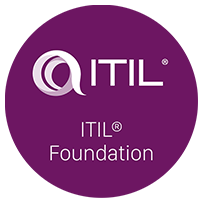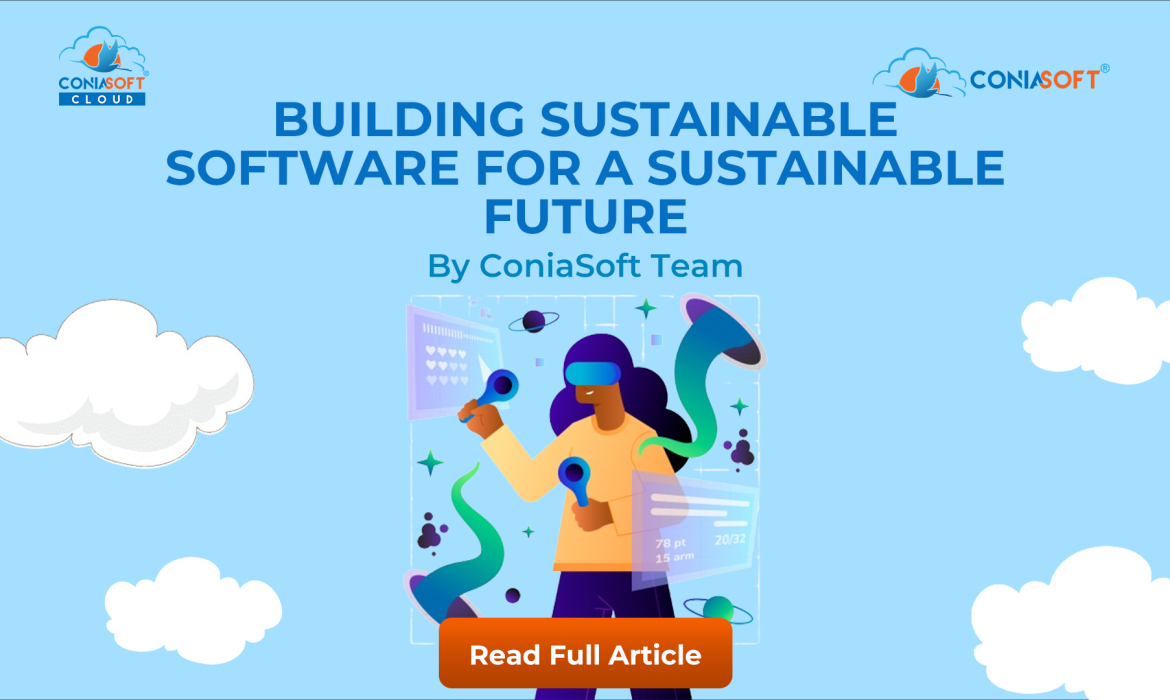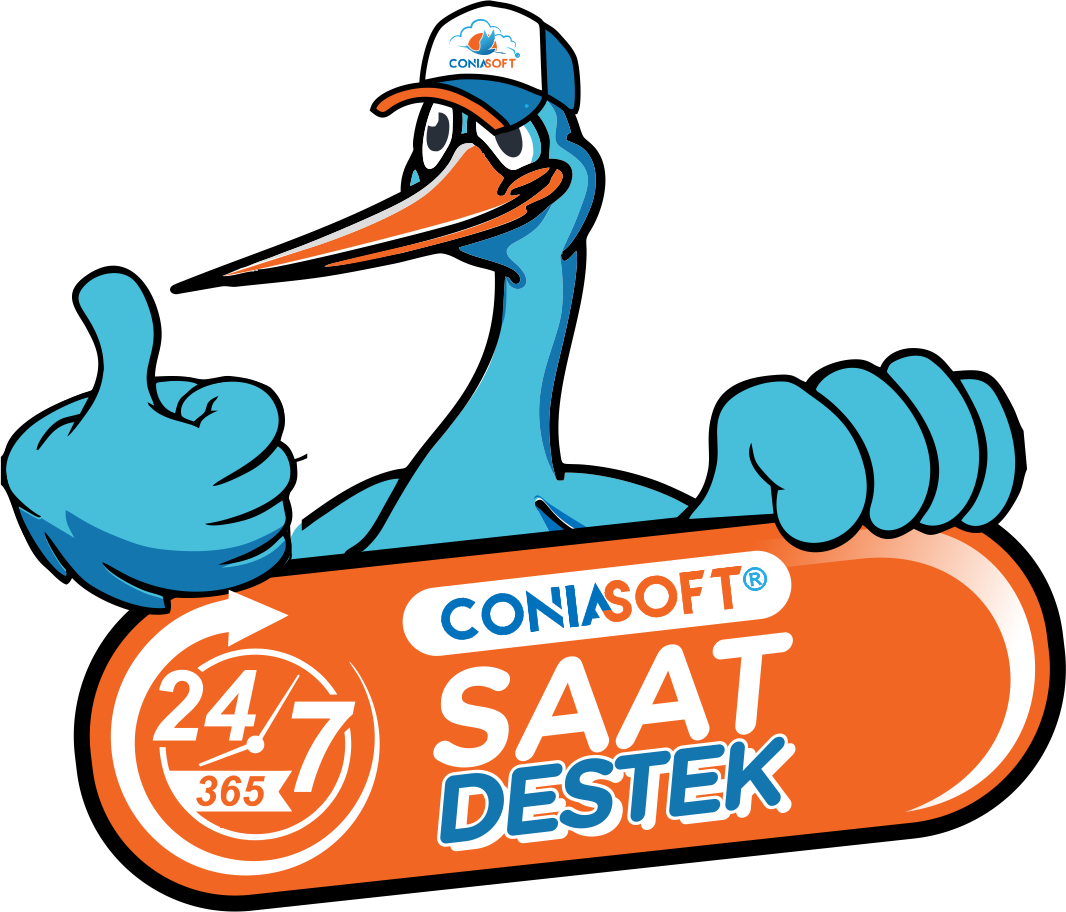In a world increasingly conscious of its environmental footprint, the software development industry is facing a new, vital challenge: sustainability. Gone are the days when “green” was just a buzzword; today, it’s becoming a core principle guiding how we build and deploy digital solutions. As we look towards 2025 and beyond, “green software development” isn’t just a niche, it’s an imperative.
But what exactly does sustainable software development entail? It’s more than just using renewable energy for data centers (though that’s crucial!). It’s about a holistic approach that considers the environmental impact across the entire software lifecycle.
Here are some key areas where the green code revolution is taking shape:
- Energy-Efficient Code and Architecture
Every line of code we write and every algorithm we design consumes energy, which is why sustainable development emphasizes optimizing code for efficiency. This entails creating leaner codebases by reducing unnecessary complexity, eliminating redundant code, and avoiding bloated libraries. It also involves selecting efficient algorithms that perform tasks with minimal computational resources. Additionally, smart data management plays a crucial role; this includes minimizing data movement, leveraging compression techniques, and optimizing database queries. Embracing green architectures, such as serverless computing that automatically scales and minimizes idle resources, along with microservices that allow for better resource allocation compared to monolithic systems, is essential. Ultimately, the goal is to build software that runs faster, uses less processing power, and requires less underlying infrastructure, which directly translates to lower energy consumption.
- Cloud Optimization for Sustainability
Cloud computing has revolutionized scalability and accessibility, but it is not inherently green. To harness its sustainable potential, developers are focusing on several key strategies. One approach is selecting cloud providers and data centers that are powered by renewable energy sources, ensuring a lower carbon footprint. Additionally, they emphasize right-sizing instances to avoid over-provisioning resources, dynamically matching resource demand through auto-scaling. Continuous monitoring is also crucial, as it involves utilizing tools to track and optimize energy usage across cloud services. Together, these strategies aim to enhance the environmental sustainability of cloud computing.
- DevSecOps with a Green Lens (GreenOps?)
The highly successful DevOps methodology is evolving to incorporate sustainability metrics, leading to several key advancements. One significant development is the optimization of CI/CD pipelines, which focuses on reducing redundant builds and ensuring more efficient deployment processes. Additionally, the integration of automated security checks, often referred to as DevSecOps, is playing a crucial role in enhancing efficiency by addressing security concerns early in the development lifecycle, thereby preventing costly fixes later on. Moreover, the incorporation of carbon accounting tools to measure the environmental footprint of software processes allows organizations to quantify their impact and gain actionable insights for continuous improvement.
- Sustainable User Experience (UX) Design
Thoughtful design in user experience (UX) can significantly reduce a software’s environmental impact. For instance, incorporating dark mode in applications can lead to lower power consumption on OLED displays. Additionally, an intuitive design enables users to complete tasks more quickly and efficiently, ultimately reducing processing requirements. Furthermore, content optimization, such as compressing images and data, helps minimize data transfer and storage needs, contributing to a greener software environment.
Final Thoughts
While challenges still exist, including the initial costs associated with adopting greener technologies and the absence of a universal standard, the advantages of sustainable software development are compelling and multifaceted.
- Economic Savings: By significantly reducing energy consumption, companies can directly decrease their operational expenses, resulting in a healthier bottom line. Lower energy costs not only benefit individual organizations but also contribute to a more sustainable economy.
- Improved Performance: Writing efficient code often leads to the creation of applications that are not only faster but also more responsive. This improved performance enhances user experience, making applications more enjoyable and efficient for end-users.
- Enhanced Reputation: In today’s market, consumers and businesses alike are increasingly drawn to environmentally responsible partners. Organizations that prioritize sustainability often enjoy a stronger reputation, which can lead to increased customer loyalty and a competitive edge in the marketplace.
As we look to the future of software development, it becomes clear that the focus is shifting from merely constructing powerful and innovative applications to doing so in a responsible manner. By adopting green coding practices, utilizing cloud optimization techniques, and embedding sustainability principles into every aspect of the development lifecycle, we can pave the way for a digital future that is not only technologically advanced but also environmentally considerate.
The green coding revolution is upon us, and it is essential for every developer to embrace this movement, fostering a more sustainable and conscientious approach to software creation. Together, we can transform the industry and contribute positively to the planet.


















